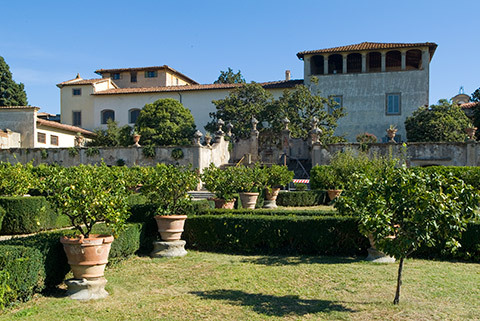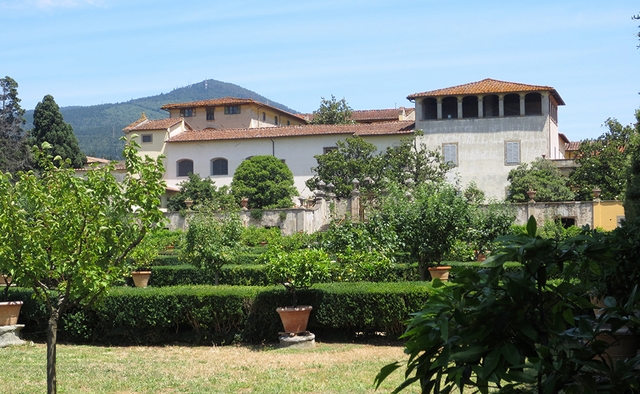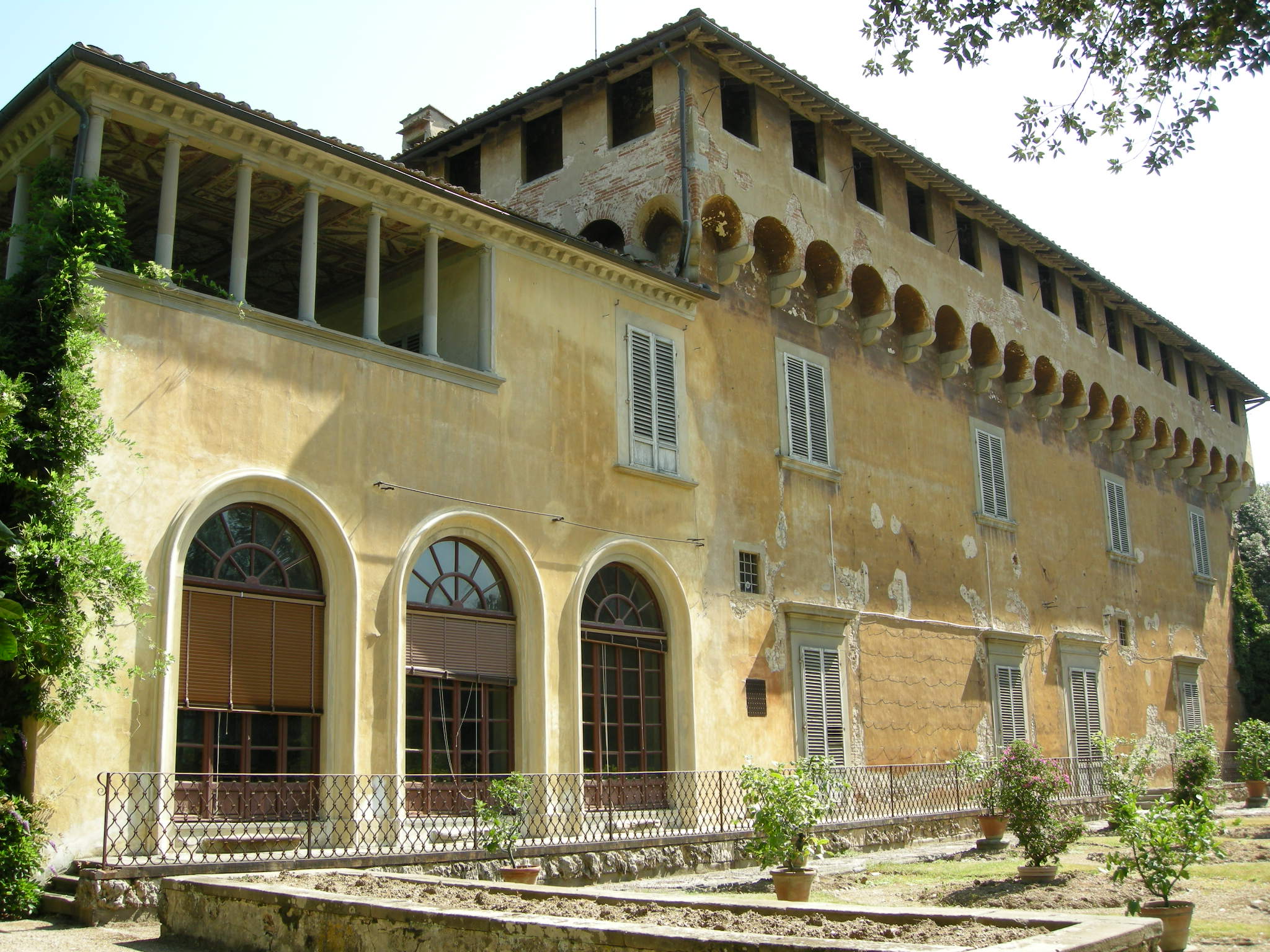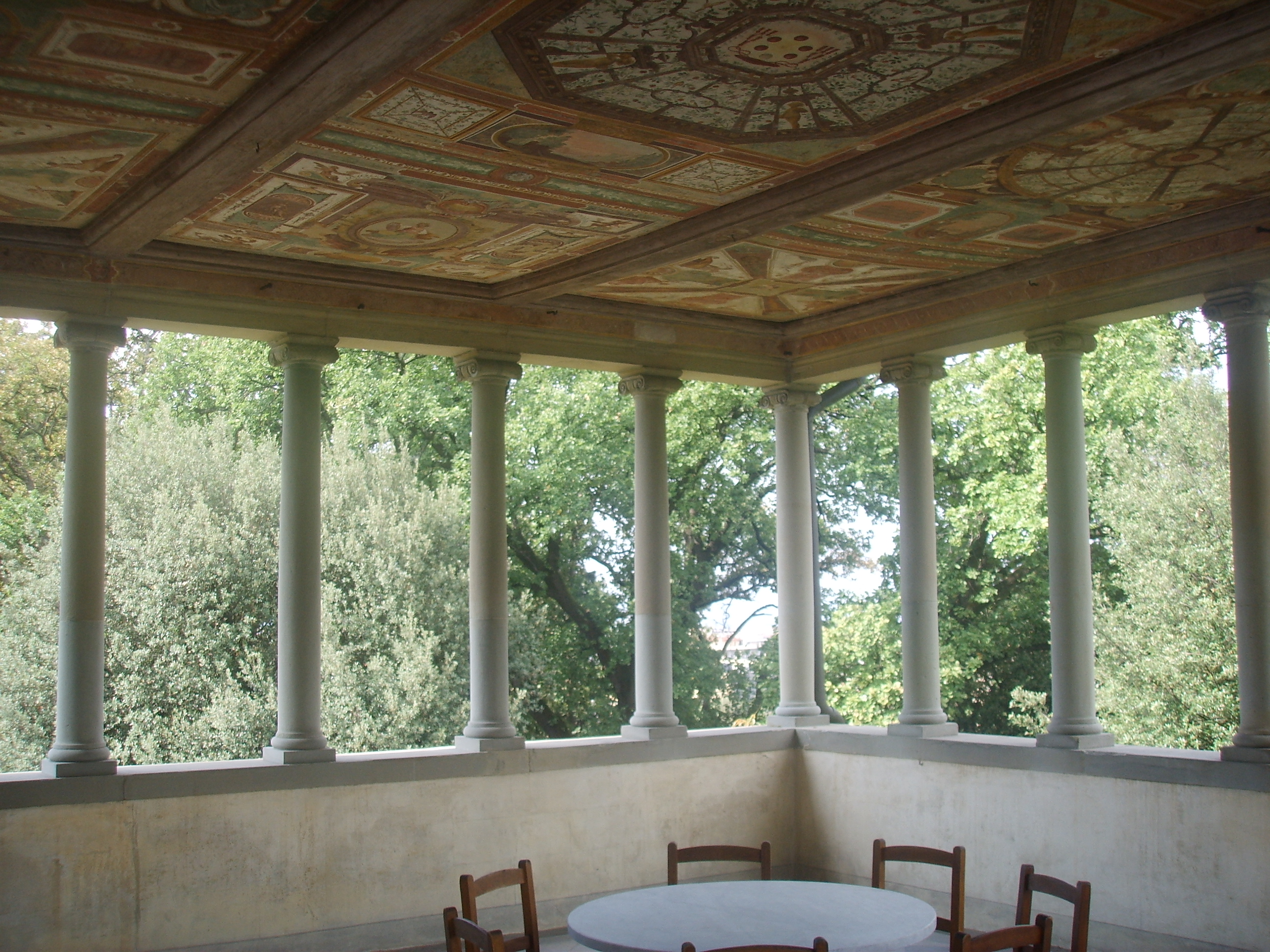
Villa Medicea di Careggi
This post is also available in:
 Italiano (Italian)
Italiano (Italian)
This is one of the oldest villas belonging to the Medici family and it has been also acknowledged as a World Heritage Site by Unesco; it is located in the slightly hilly area of the Careggi district in Florence.
In June 1417, Giovanni di Bicci de ‘Medici bought the property from Tommaso Lippi – namely, a palace with a courtyard, a loggia, a well, a cellar, a stable and a tower, as we ll as a vegetable garden and two other buildings. Cosimo the Elder, commissioned the architect Michelozzo to transform the whole estate: the first part of the works was completed in 1440 and the second in 1459 when two loggias were built on the ground floor, facing west.
Lorenzo the Magnificent chose it as his favourite residence and gathered there the Neoplatonic Academy, using the villa also as a cultural and artistic centre of excellence of the early Renaissance. Probably in that period, the small panoramic loggia on the first floor was added, allegedly designed by Giuliano da Sangallo – that very element soon became the typical feature of this Reinassance abode.
In 1529, a fire deeply damaged the villa, but Duke Alessandro had it thoroughly restored. Other interventions date back to 1609 when Carlo de ‘Medici (a Cardinal in 1615) had a nymphaeum built and embellished with sponges with the floor decorated with enamelled tiles; he also had cabinets and paintings installed in the basement, as well as the room on the ground floor beautifully frescoed. Some other frescoes were eventually added to the study and the ceiling of the loggia.
The villa passed to the Lorraines in 1780, then it was sold by the Grand Duke Peter Leopold to Vincenzo Orsi. In 1848, it was purchased by Francis Joseph Sloane, who used it for his collection of works of art, furniture and artistic manufacts; he also transformed the architectural structure and the garden to his liking. In the south garden, he had some new pools installed along with several exotic plants and large trees. Finally, the property was enriched with an English landscaped garden. Despite those and several other further modifications, the main features of the walled Renaissance garden are still visible today: the orchard, the large room for citrus fruits, and the ragnaia (that is, a net among the trees for catching birds).
Upon his death in 1871, Sloane left the property to Augusto Bouturlin; at the beginning of the XX century, the new owner gave it to Carlo Segrè, and in 1936 the whole estate became a property of the Archispedale of Santa Maria Nuova.
In 2004, the villa was purchased by the Tuscany Region and in 2007 it became the seat of the European Landscape Center.
This post is also available in:
 Italiano (Italian)
Italiano (Italian)
Contatti
Via Gaetano Pieraccini 17 - Firenze(FI)
+39 055 212245 e 055 4279496, per prenotazioni gruppi
Altre info
Ingresso gratuito
Tutto l'anno, da lunedì a sabato
Lunedì-venerdi 9-18. Sabato 9-12




